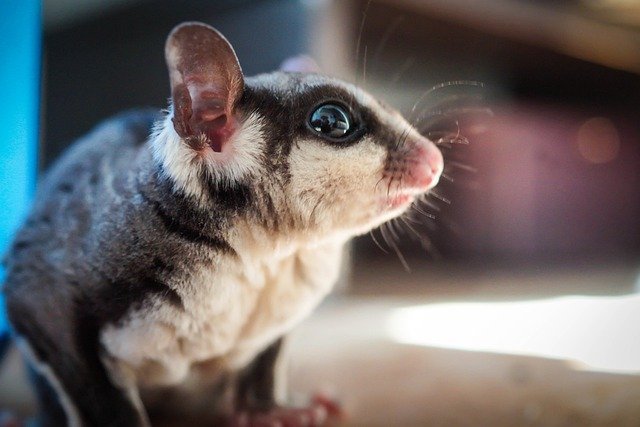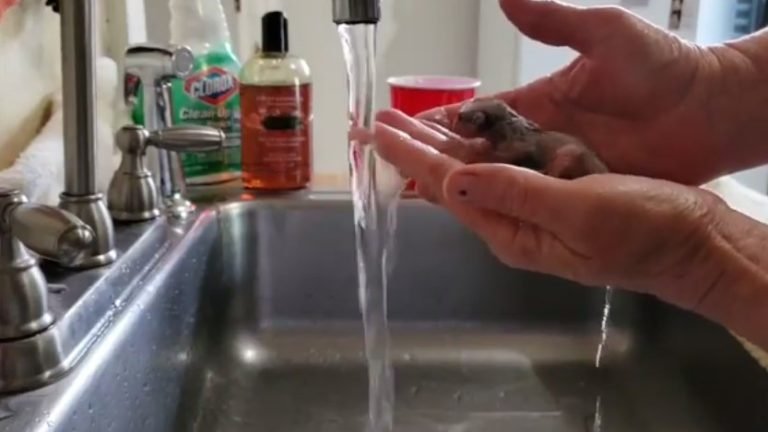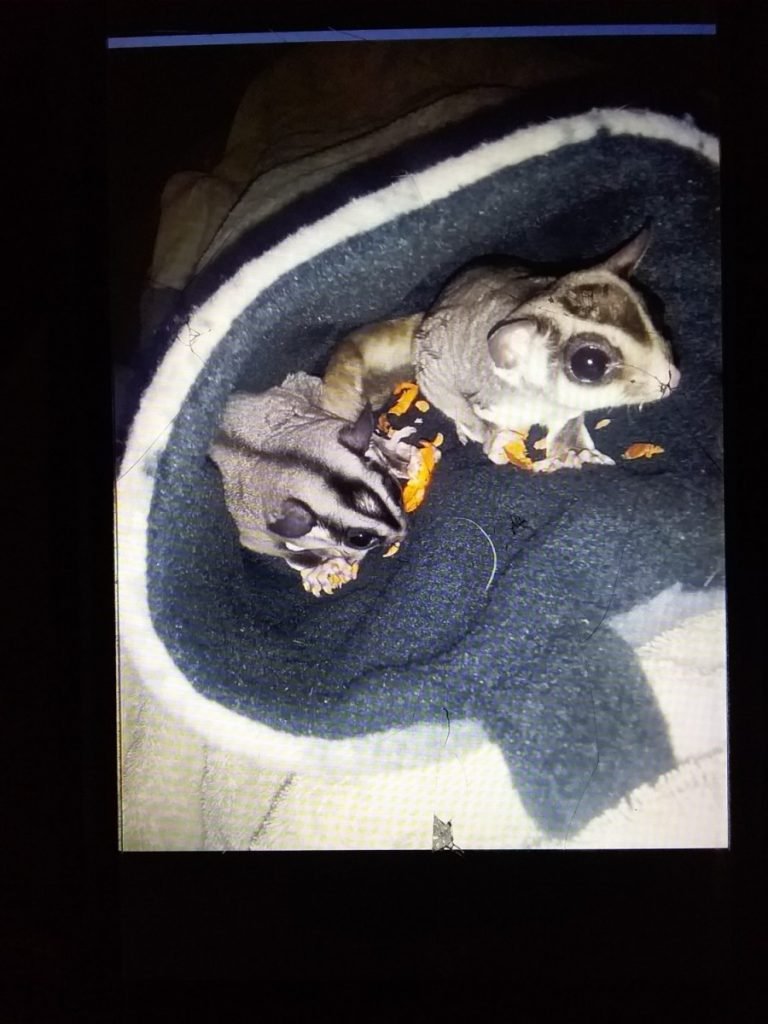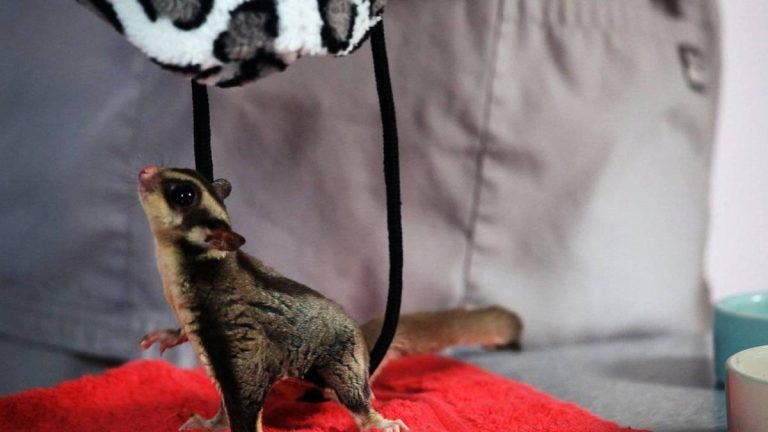Are Sugar Gliders Dangerous
Are Sugar Gliders Dangerous?
Sugar gliders have gained popularity as unique and adorable pets in recent years. These small, nocturnal creatures are native to Australia, Indonesia, and Papua New Guinea. With their big eyes, furry tails, and ability to glide through the air, they can be quite captivating to animal lovers. However, before deciding to bring a sugar glider into your home, it’s important to understand the potential risks and hazards associated with these exotic pets. Are sugar gliders dangerous? Let’s explore the topic in detail.
Sugar Gliders: A Brief Introduction
Sugar gliders, scientifically known as Petaurus breviceps, belong to the marsupial family and are closely related to kangaroos and koalas. They are small in size, measuring about 12-13 inches in length, including their long bushy tails. Typically, sugar gliders weigh around 4-5 ounces.
In their natural habitat, sugar gliders live in groups called colonies and are active at night, being nocturnal creatures. They communicate using a variety of vocalizations and have a keen sense of smell. These creatures are known for their ability to glide through the air by stretching the membrane of skin located between their wrist and ankle joints, called a patagium.
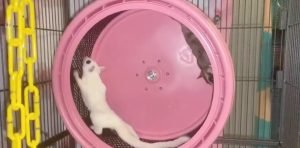
Sugar Glider Behavior and Temprament
Sugar gliders are highly social animals and thrive on companionship. In their natural habitat, they form strong bonds within their colonies. As pets, it’s important to ensure that they have ample social interaction to prevent stress and loneliness. They are intelligent, curious, and playful by nature.
Despite their small size, sugar gliders are energetic and fast-moving. They have sharp claws and teeth that they use for climbing and foraging. It’s important to note that they are skilled climbers and can leap significant distances, making their enclosure needs quite specific.
The Potential Dangers of Sugar Gliders
While sugar gliders can make delightful pets, there are potential risks and dangers associated with them. Understanding these hazards is essential before deciding to bring them into your home.
1. Biting: Sugar gliders have sharp teeth, and if they feel threatened or scared, they may resort to biting as a defense mechanism. However, with proper socialization and handling, the risk of biting can be significantly reduced.
2. Allergies: Like any animal, some people may have allergies to sugar gliders. It’s important to spend time with a sugar glider before bringing one home to determine if you or your family members have any allergic reaction.
3. Escape Artists: Sugar gliders are expert climbers and gliders, making them prone to escaping their enclosures if not properly secured. They can fit through very small gaps and may become lost or injured if they escape.
4. Noise Level: Sugar gliders are not known to be noisy animals, but they do make some vocalizations such as barking and chirping. This may not be suitable in environments where noise levels need to be kept to a minimum, such as apartments or crowded households.
5. Diet and Nutrition: Sugar gliders have specific dietary requirements that must be met for them to thrive. Their diet consists of a combination of fruits, vegetables, proteins, and specially formulated sugar glider pellets. Improper nutrition can lead to health issues such as obesity and malnutrition.
6. Zoonotic Diseases: Sugar gliders, like any other animal, have the potential to carry zoonotic diseases that can be transmitted to humans. Proper hygiene and regular veterinary care are essential to mitigate this risk.
How to Minimize the Risks
While there are potential risks associated with keeping sugar gliders as pets, responsible ownership can minimize these dangers and ensure a safe and enjoyable experience. Here are some steps to consider:
1. Research: Before bringing a sugar glider home, thoroughly research their care requirements, behavior, and potential risks.
2. Find a Reputable Breeder: Purchase your sugar glider from a reputable breeder who can provide you with a healthy and well-socialized pet. Avoid purchasing from pet stores that may not prioritize the care and welfare of their animals.
3. Provide a Suitable Habitat: Set up an enclosure that is escape-proof, secure, and provides plenty of space for the sugar glider to climb and glide. Include appropriate cage accessories, such as branches, toys, and nesting materials.
4. Socialize and Bond: Spend time bonding with your sugar glider to establish trust and minimize the risk of biting or aggression. Provide plenty of mental and physical stimulation through playtime and interaction.
5. Proper Nutrition: Feed your sugar glider a balanced diet that meets its nutritional needs. Consult with a veterinarian who has experience with sugar gliders to ensure you are providing the right food and supplements.
Frequently Asked Questions
Q: Are sugar gliders legal to own as pets?
A: The legalities of owning sugar gliders vary depending on your location. It’s important to check with local authorities or consult an exotic pet specialist to determine the regulations in your area.
Q: Can sugar gliders be potty trained?
A: Yes, sugar gliders can be trained to use a designated area for elimination. However, it requires patience and consistency in the training process.
Q: Can sugar gliders fly?
A: While sugar gliders are capable of gliding, they do not have the ability to fly like birds or bats. They glide by using the patagium, a membrane of skin stretched between their limbs.
Q: Do sugar gliders make good pets for children?
A: Sugar gliders may not be the best pets for young children, as they have specific care needs and require gentle handling. It’s important to consider the responsibilities and commitment involved in caring for these exotic pets.
Final Thoughts
While sugar gliders can be captivating and enjoyable pets, it’s important to be aware of the potential risks and hazards they may pose. Responsible ownership, proper care, and understanding their specific needs are crucial for ensuring a safe and rewarding experience. By educating yourself and taking the necessary precautions, you can create a loving and enriched environment for your sugar glider companion.


